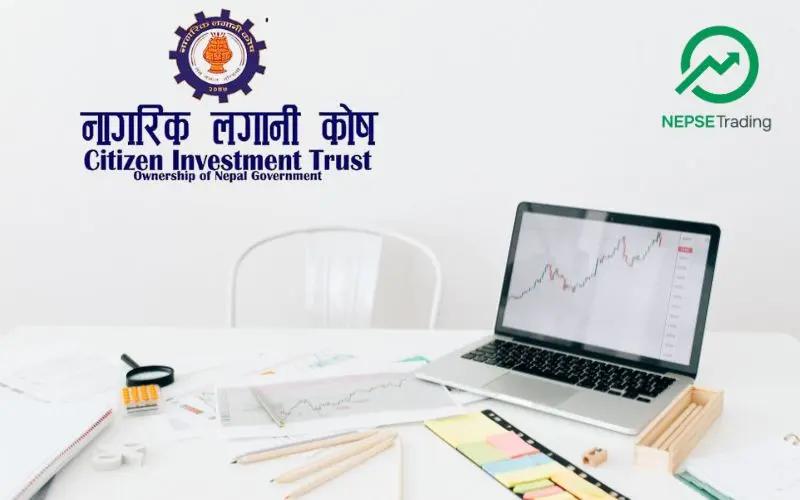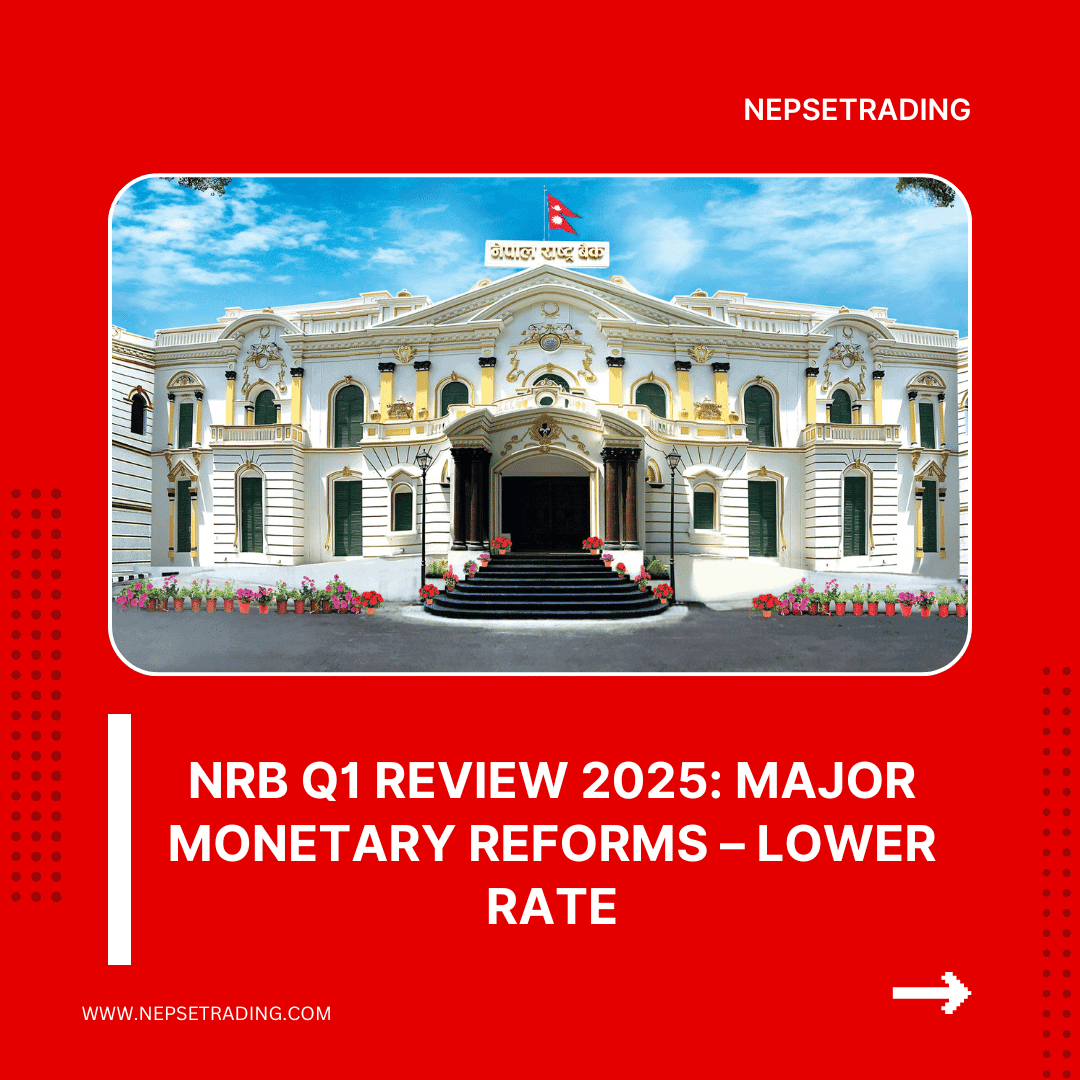By Sandeep Chaudhary
Nepal’s Inflation, Wholesale, and Wage Trends Show Mixed Signals in 2024/25

Nepal's latest consumer and wholesale price data reveal a mix of encouraging and cautionary economic signals, reflecting moderating inflation but also subdued wage growth. According to the data up to mid-May 2025, the year-on-year Consumer Price Index (CPI) stood at 2.77%, marking a significant drop from 4.40% during the same period last year and a steep decline from 8.08% recorded in 2021/22.
Food vs. Non-Food Price Trends
The most notable drop came from the Food CPI, which plunged to 1.52% (mid-May 2025), compared to 6.41% a year earlier. This sharp decrease in food inflation suggests improved food supply chains or moderated demand. In contrast, the Non-Food CPI edged slightly higher to 3.45% from 3.09%, indicating relative stability but also highlighting mild inflation in non-food goods and services.
CPI Period Average
The CPI Period Average also declined to 4.39%, down from 5.76% in the previous year, reinforcing the trend of cooling inflation. This declining average inflation rate may provide some relief to consumers and policymakers concerned with the rising cost of living.
Wholesale Price Index
The National Wholesale Price Index (WPI), which affects producer and supply-side costs, showed a year-on-year increase of 3.95% in mid-May 2025, down from 5.68% in 2023/24. This suggests a continued but slower rise in wholesale prices, which could ease pressure on retail prices in the coming months. The WPI Period Average increased slightly to 4.37%, up from 3.71% in the previous year, indicating some upward momentum.
Salary and Wage Growth
Wage pressures appear muted. The Salary and Wage Rate Index (y-o-y) was not reported for mid-May 2025, but the last annual figure for 2023/24 was 3.56%, a sharp decline from 9.09% in 2021/22 and 8.71% in 2022/23. The Annual/Period Average of the wage index also dropped to 5.09%, suggesting weak labor market momentum or limited formal sector salary revisions.









